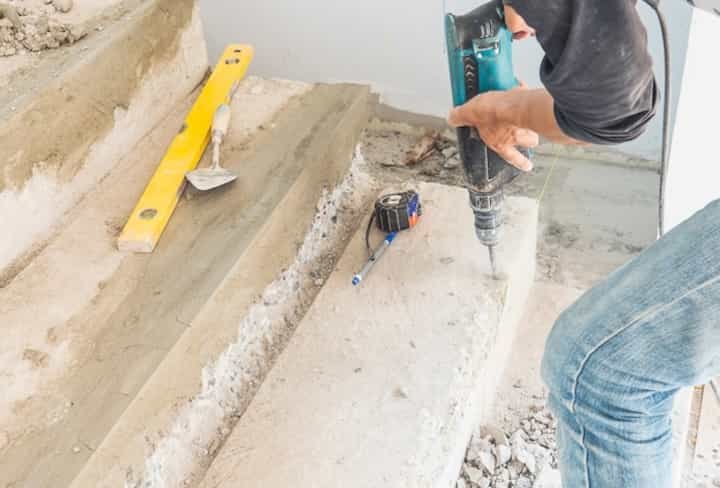
Expert Tips for Basement and Foundation Repair Fixing Basement Floor Cracks
Basement and foundation repairs are crucial for maintaining the structural integrity of a building. Cracks in the basement floor not only detract from the aesthetic appeal but can also indicate serious underlying issues. Addressing these cracks promptly is essential to prevent further damage. Homeowners and property managers often face challenges when it comes to repairing basement floor cracks. This article provides expert tips on effectively identifying, assessing, and repairing these cracks, ensuring a safe and stable foundation.
Understanding Basement Floor Cracks
Basement floor cracks are common in both new and old homes. They can result from various factors, including natural settling, hydrostatic pressure, and temperature fluctuations. Identifying the type of crack is the first step in determining the appropriate repair method. Common types of cracks include:
- Hairline cracks: Thin, superficial cracks that generally do not indicate severe structural damage.
- Settlement cracks: Caused by the natural settling of the building over time.
- Structural cracks: Wider cracks that may suggest serious foundation issues and require immediate attention.
Understanding the type of crack can guide the repair process, ensuring effective and long-lasting results. Explore further insights here.
Assessment and Preparation
Inspect the Cracks
A thorough inspection is necessary to assess the severity of the cracks. This process involves:
- Measuring the width and length of the cracks.
- Checking for any moisture or water seepage through the cracks.
- Determining any movement or shifting in the foundation.
Accurate assessment is crucial for choosing the right repair strategy. Read more about this topic.
Prepare the Area
Before commencing repairs, preparing the area is vital to ensure a smooth process. This includes:
- Cleaning the cracks thoroughly to remove dust, debris, and any loose particles.
- Using a wire brush or vacuum to ensure the cracks are clean.
- Applying a bonding agent if necessary to help the repair material adhere better.
The preparation phase sets the foundation for effective repair work. Learn more in this detailed guide.
Repairing the Cracks
Filling Hairline Cracks
Hairline cracks can often be repaired with simple solutions such as:
- Using a concrete crack filler or epoxy sealer to fill the cracks.
- Smoothing the filler with a putty knife to ensure it is flush with the floor surface.
- Allowing the repair to cure as per the manufacturer's instructions.
These solutions are effective for minor issues and can prevent further damage. Find additional information here.
Addressing Larger or Structural Cracks
Structural cracks require more extensive repairs, often involving professional assistance. The process may involve:
- Injecting epoxy or polyurethane materials to seal and stabilize the cracks.
- Utilizing carbon fiber strips or steel reinforcements for added strength.
- Underpinning the foundation if necessary to address underlying issues.
These methods ensure comprehensive solutions to significant structural problems. Explore further insights here.
Preventative Measures
Preventing future cracks involves regular maintenance and addressing potential causes such as water infiltration and soil movement. Consider:
- Installing proper drainage systems to direct water away from the foundation.
- Ensuring the grading around the property slopes away from the building.
- Using dehumidifiers in the basement to control moisture levels.
Preventative measures are key to prolonging the lifespan of the basement floor and maintaining the foundation's integrity. Read more about this topic.
In conclusion, addressing basement floor cracks is essential for the health of any building's foundation. Proper assessment, preparation, and repair, along with preventative strategies, can protect against significant damage and costly repairs. For those unsure about the severity of their basement floor cracks or how to address them, seeking professional advice is always recommended. Learn more in this detailed guide.